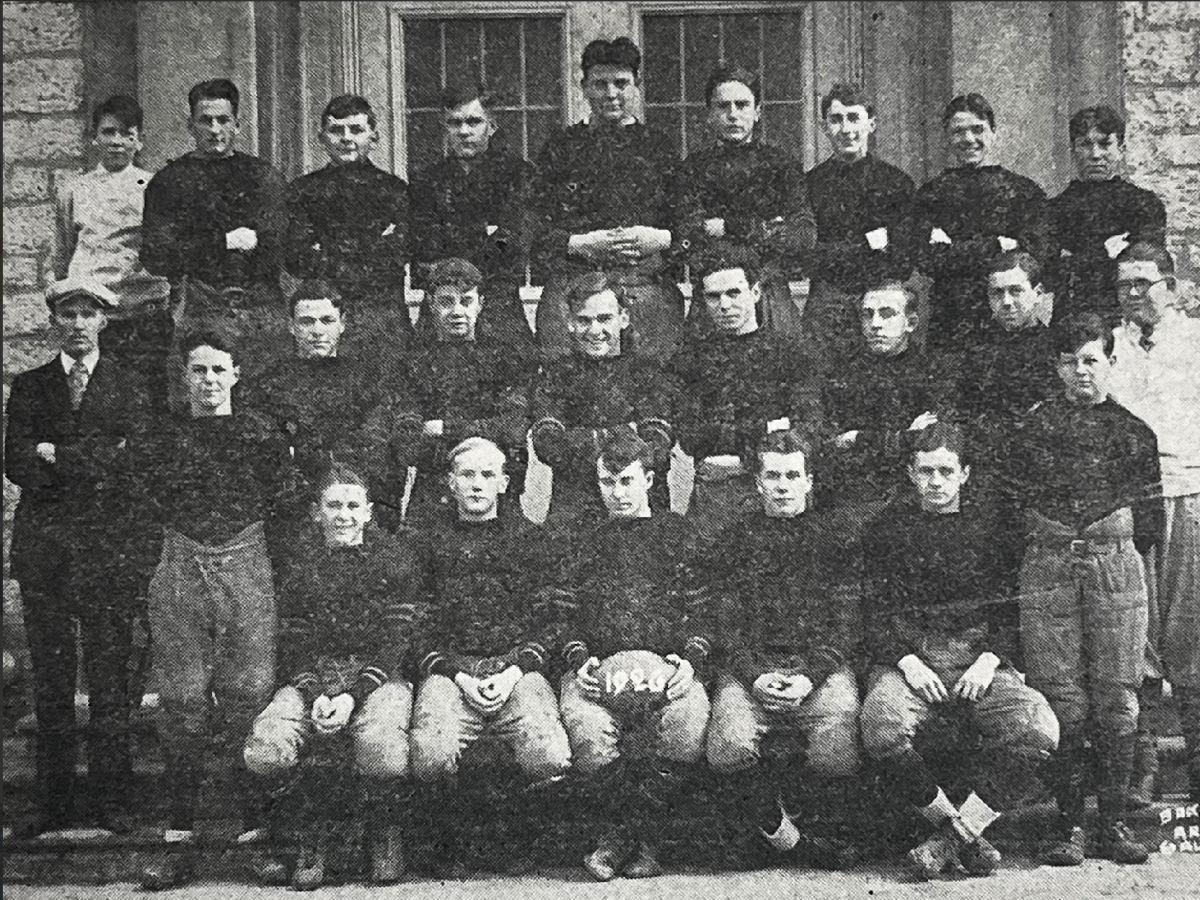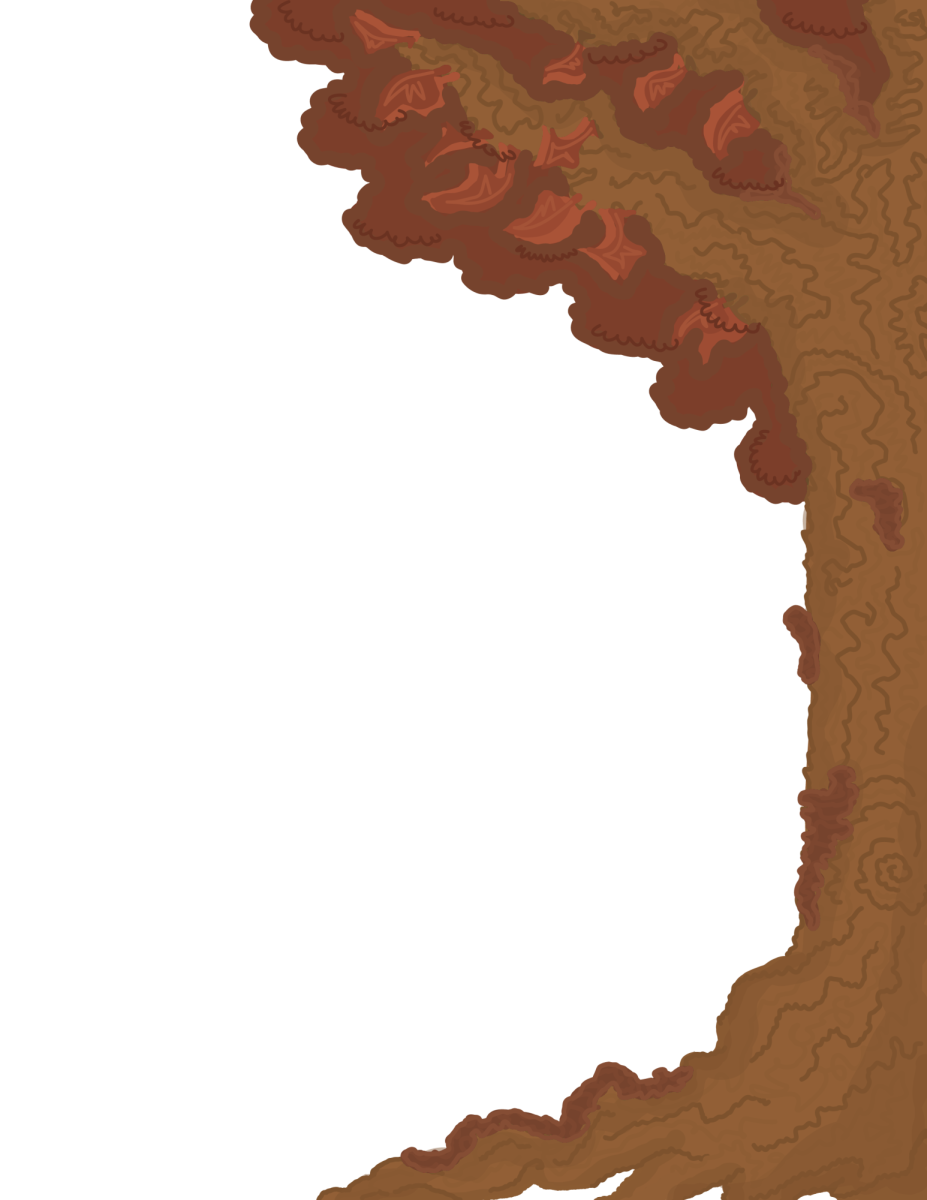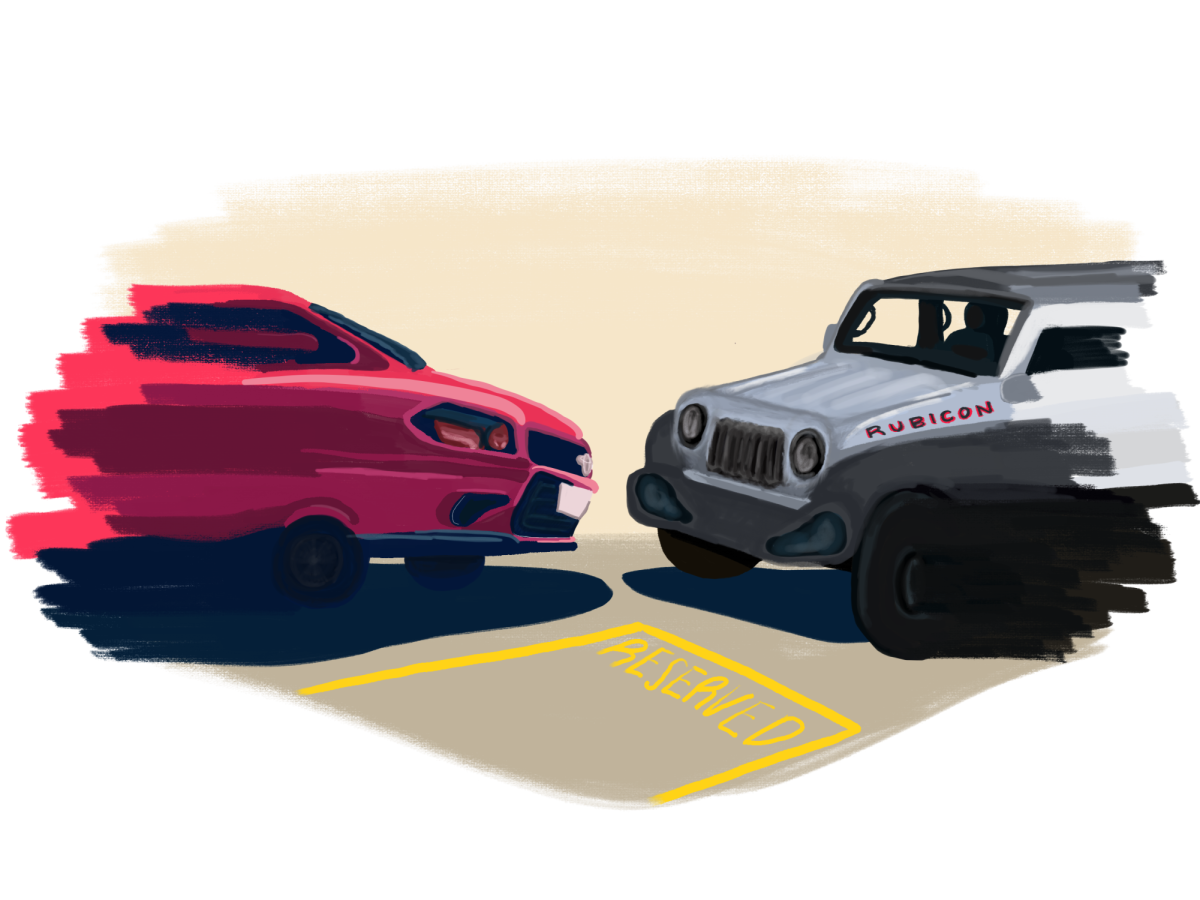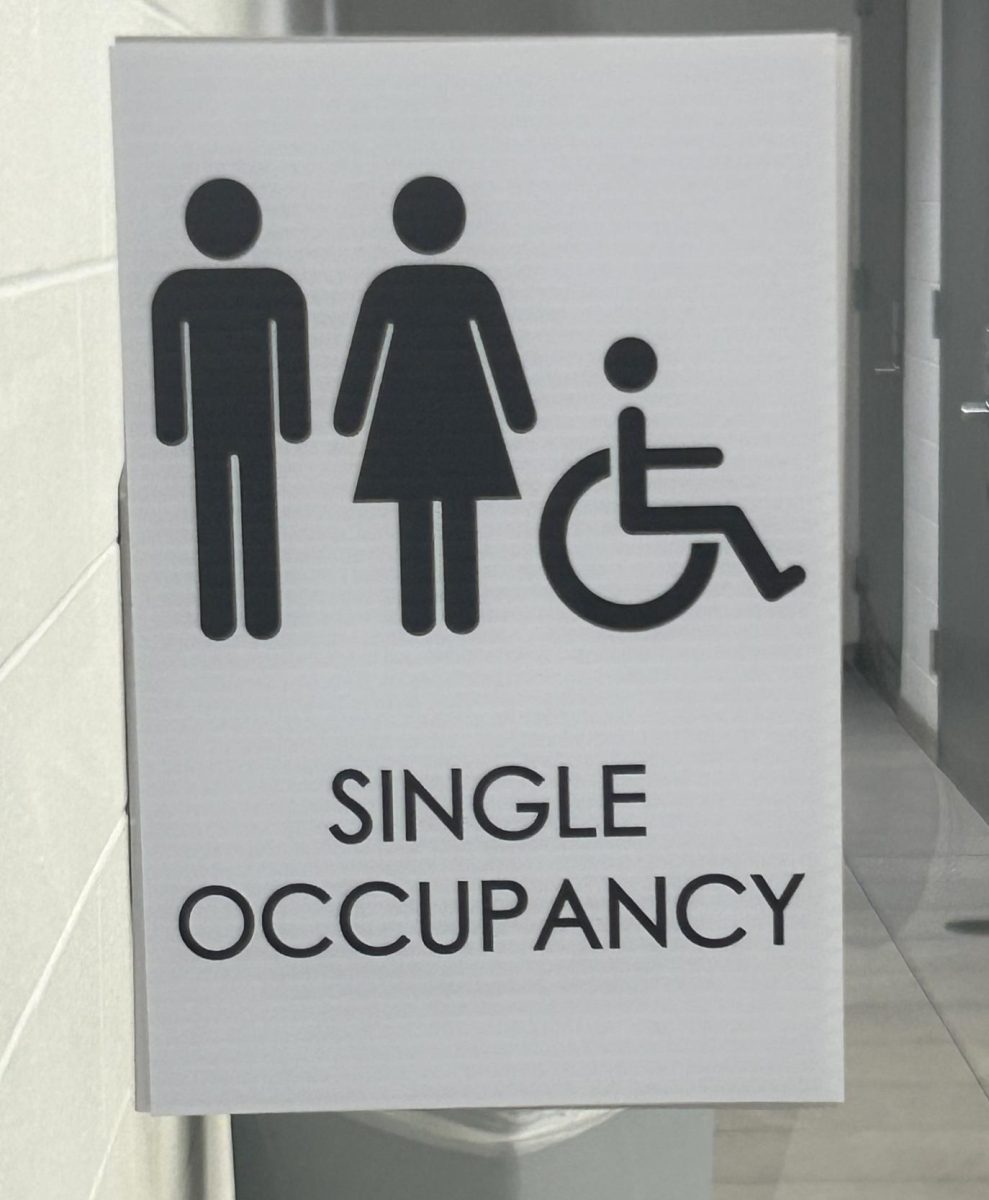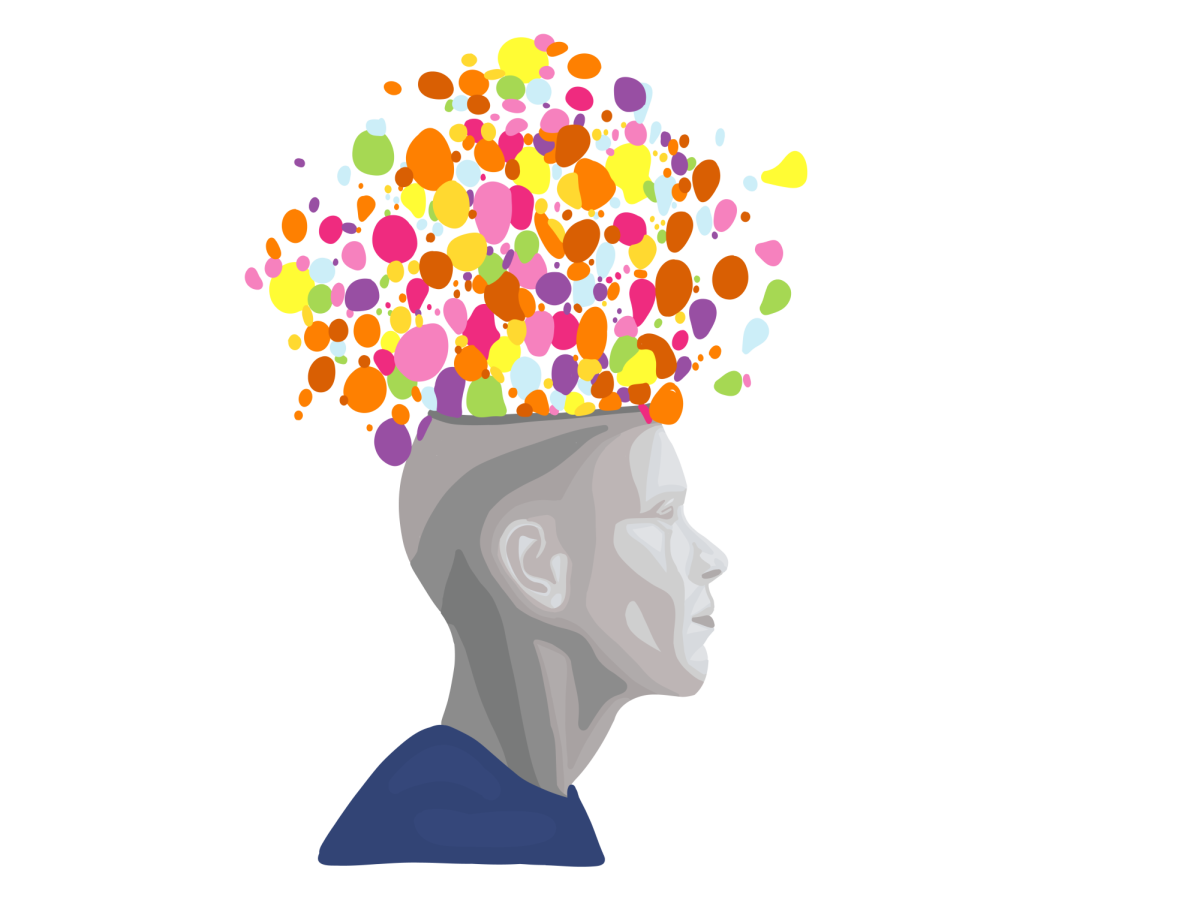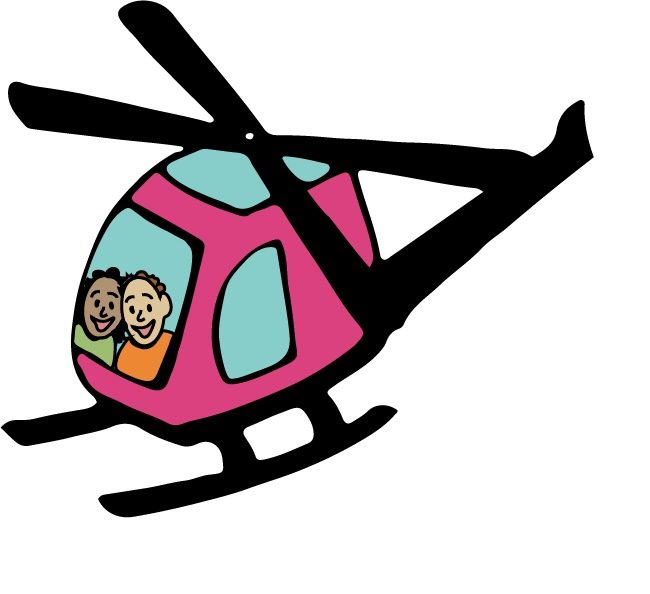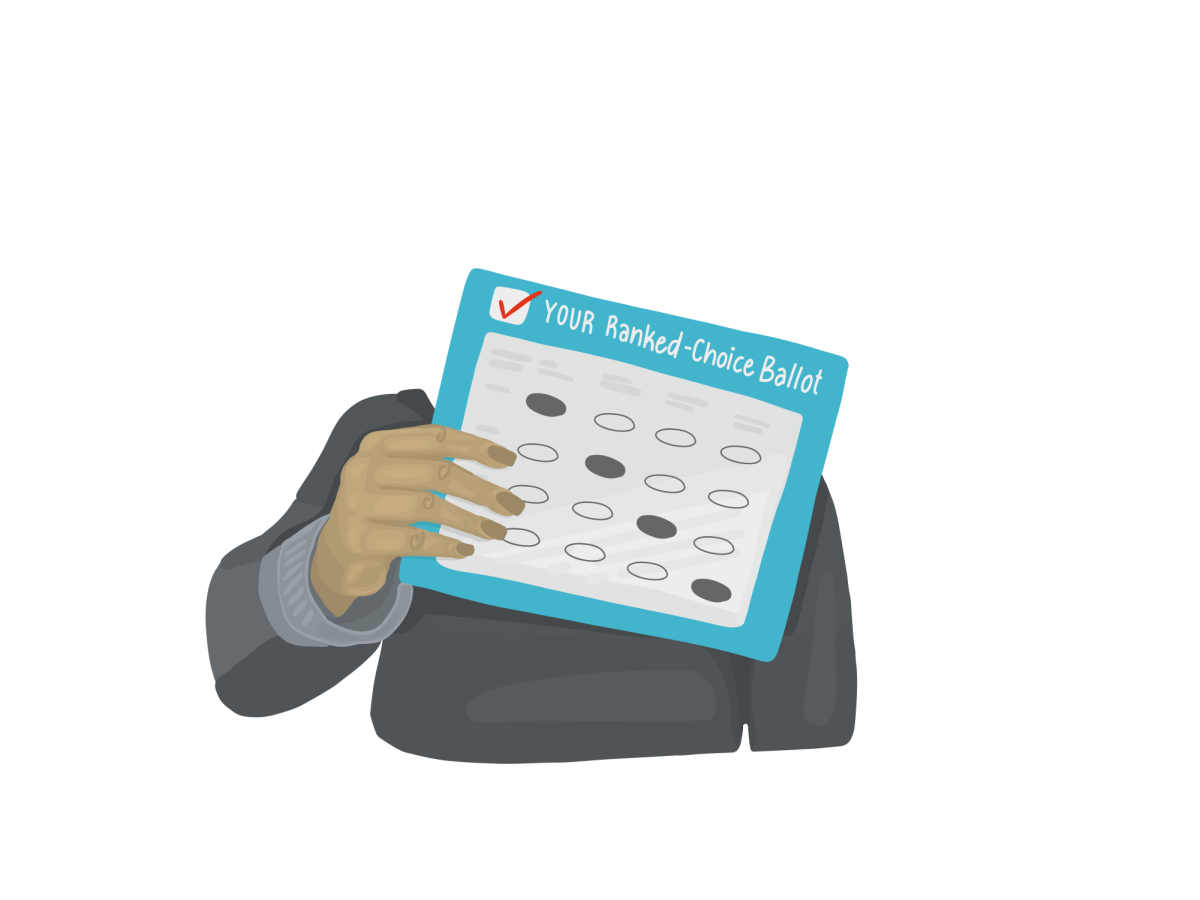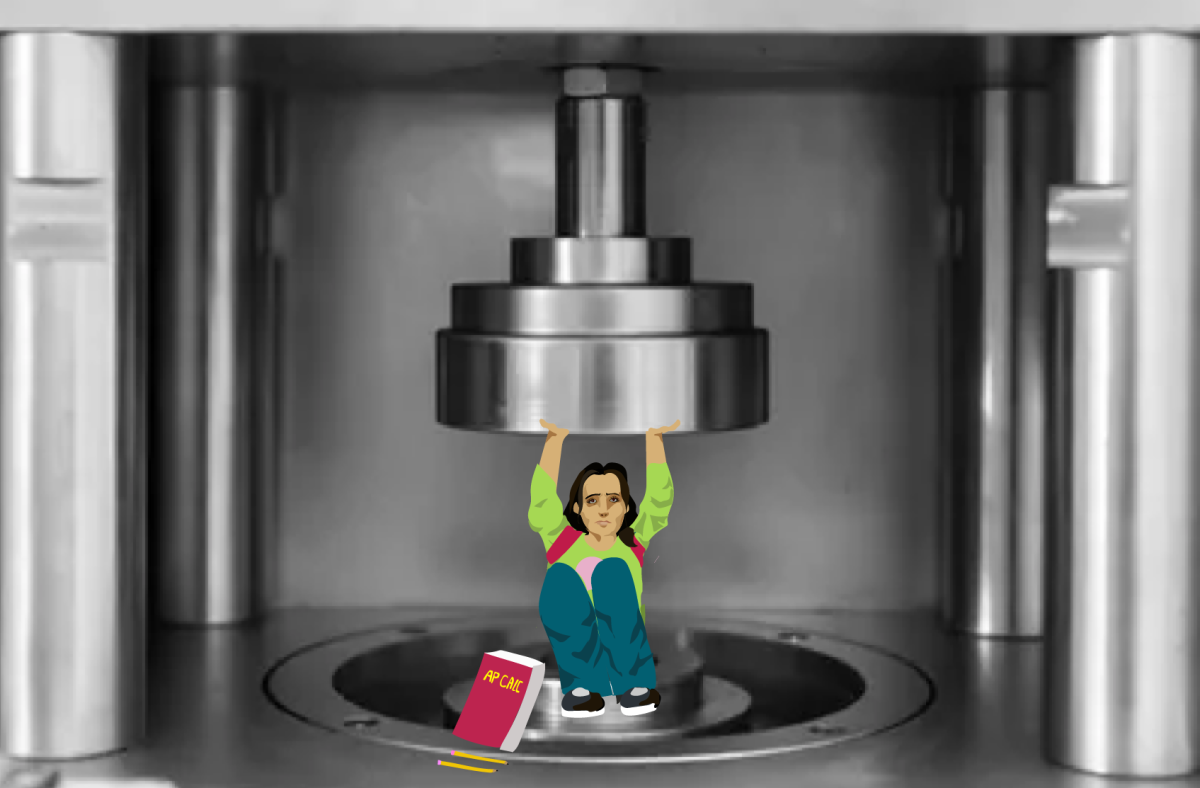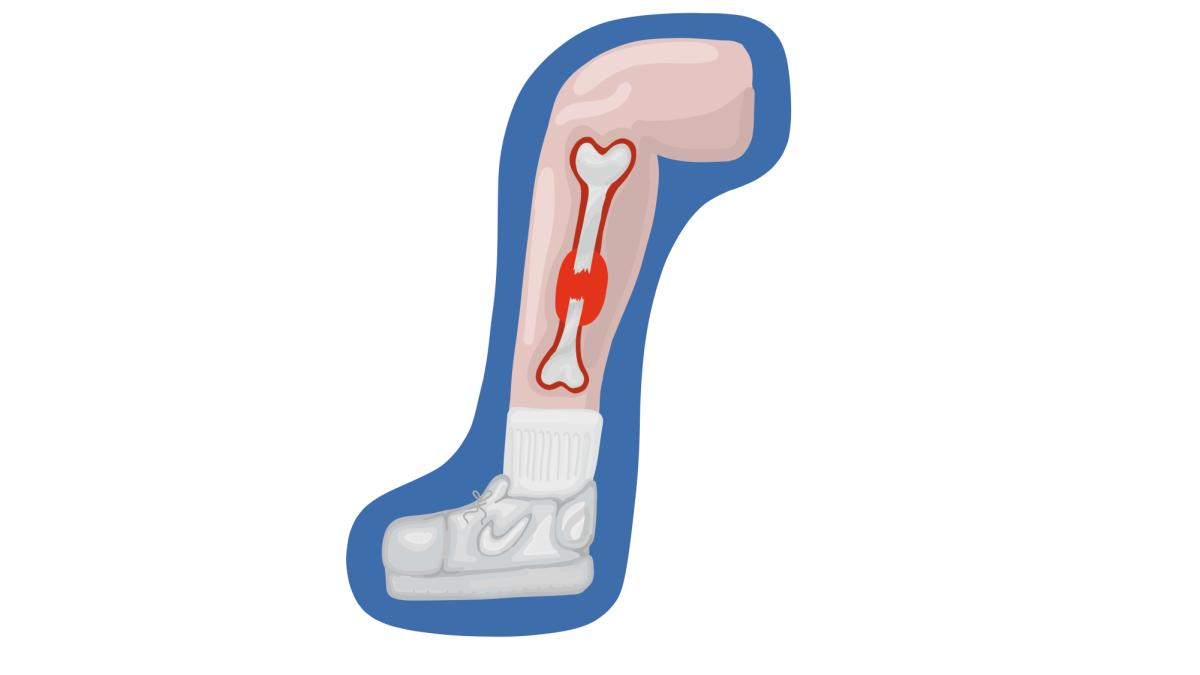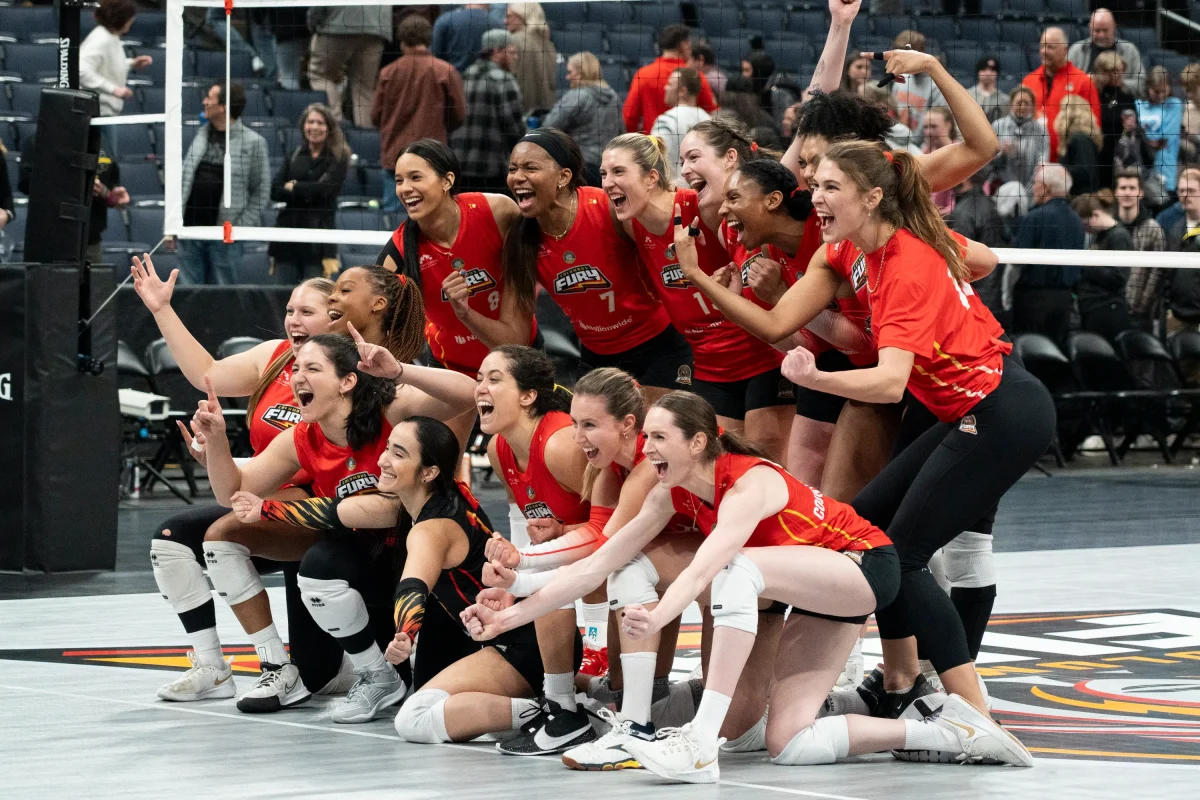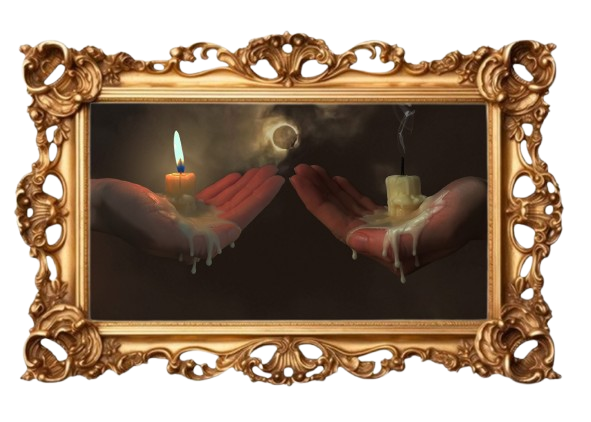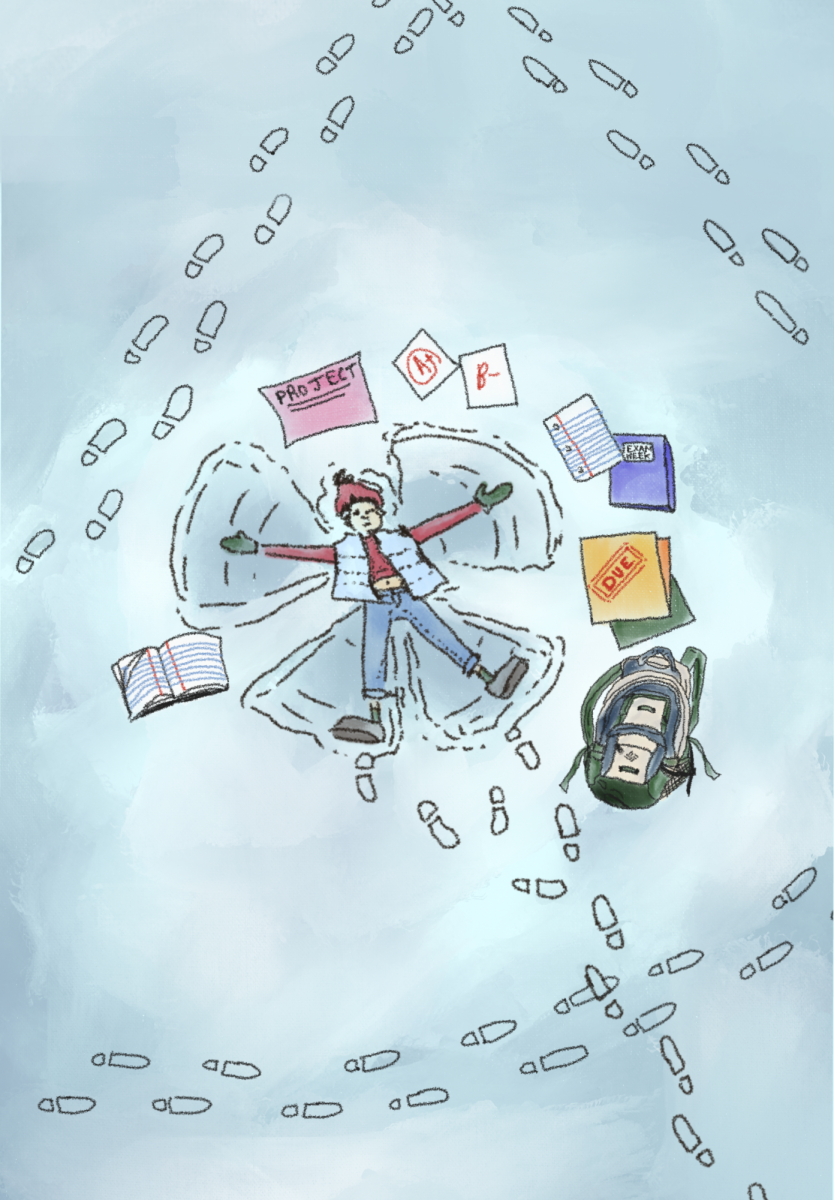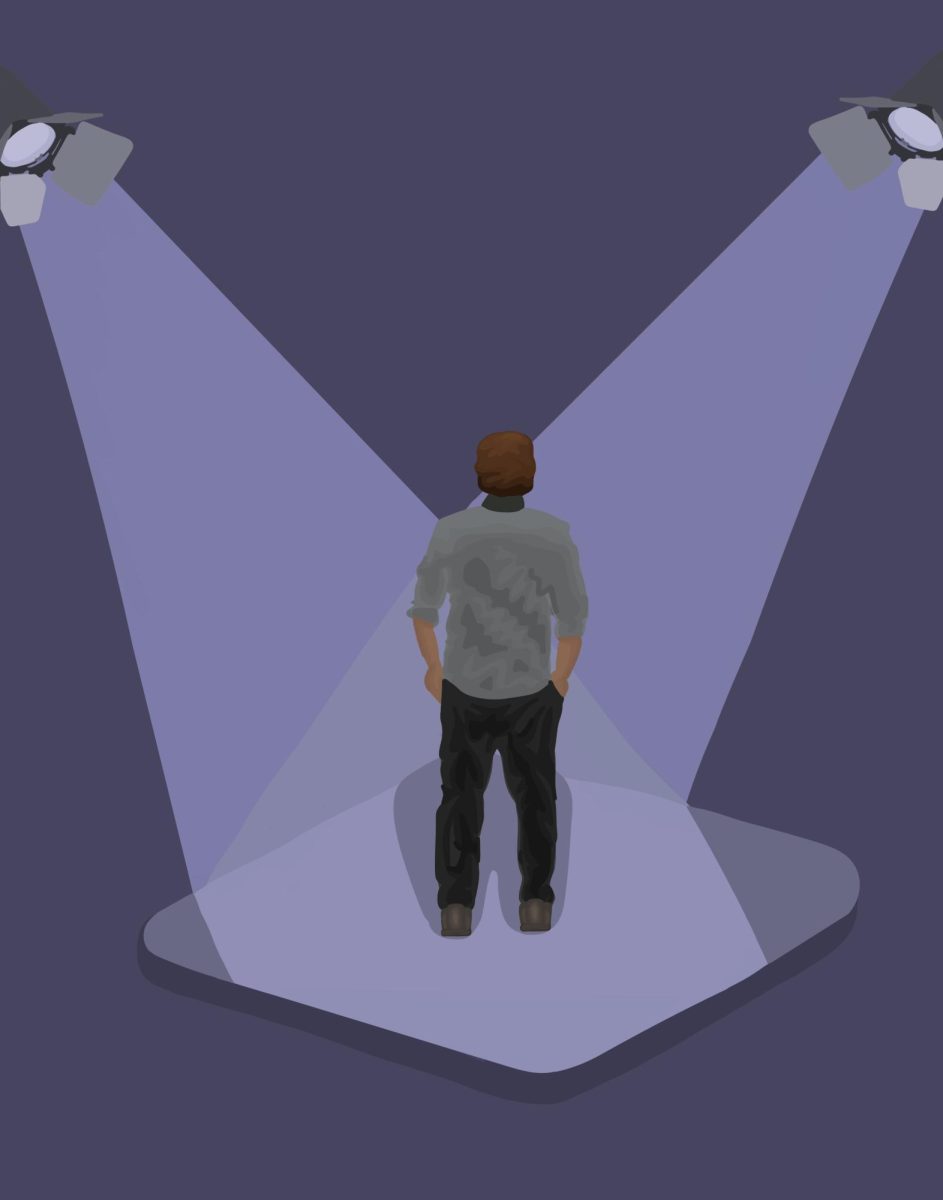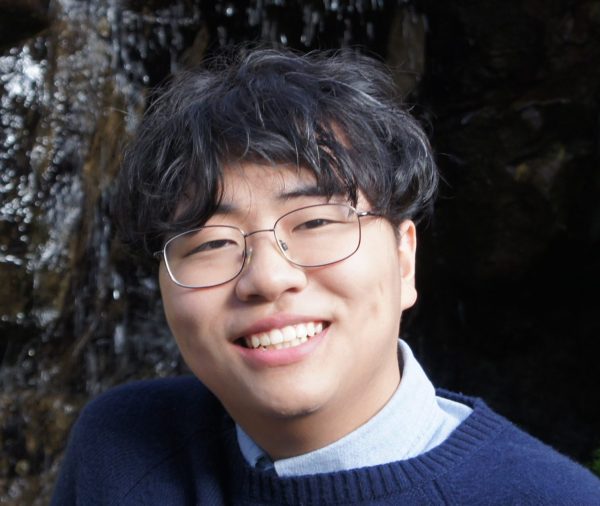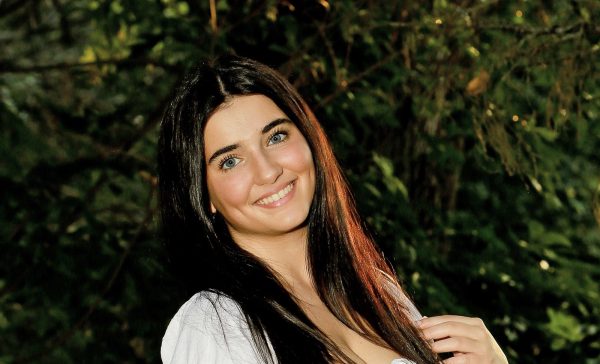Since Israel was declared an independent state following World War II, the Israel-Palestine conflict has been at the forefront of Middle Eastern tension—a fight over land and national identity.
Jewish and Arabic people both claim historical ties to Jerusalem, causing almost a century’s worth of conflict. This began with Jewish immigration to Palestine following a Zionist movement. Zionism is a national movement that emerged in the late 19th century among Jewish people and established a Jewish nation in what is now known as Israel. The disputed land was previously a mandatory Palestine area; a geopolitical entity under British administration, established after World War I when the Ottoman Empire was divided by the League of Nations. The mandatory Palestine area included what is now Israel, the West Bank, the Gaza Strip, and Jordan.
Throughout history, many attempts have been made to alleviate the conflict. A solution sought by many is to create a two-state solution, which would make both countries independent and would divide the land between the two groups of people. Another suggestion was a one-state solution that would combine the countries and make for equal rights between them. That being said, there have been six Arab-Israeli wars from 1948-2006, and another one happening currently between the Palestinian Sunni Islamist political government organization, Hamas, and the Israeli government.
In Palestine today, bombs are being dropped, families are becoming separated, and the loss of resources has impacted thousands of people. Since the start of the war, over 25,000 Palestinians have been killed, and over 62,000 have been wounded. Additionally, over 1,200 Israelis have been killed for unprovoked reasons. The antisemitism and Zionism brought about by the war has spread past the borders of the contested land. Antisemitic hate crimes are projected to have increased 337% since October 2023. More specifically, the Anti-Defamation League cited 2,031 antisemitic hate crimes between Oct. 7 and Dec. 7.
At Upper Arlington High School, IB World History is a class that currently centers around Africa and Middle Eastern history. One thing students learn about is the history of the Israel-Palestine conflict.
“This has been the most tense [year] by far,” IB World History teacher Nathan Palmer said. “I think the context of what’s happening in the world is the most tense I’ve seen. It’s the biggest conflict since the 1973 War,” alluding to the recent conflicts seen in the Middle East beginning in October.
The Israel-Palestine conflict is a tough topic for anyone and much more to teach students who may already have their own opinions or beliefs on the matter.
“I do not want people to feel like they can’t voice their opinion because I’m going to disagree with them,” Palmer said. “I’ve had students who are Jewish and I’ve had students who represent more of an Arab perspective, and I’ve always recognized that. I’ve tried to do my best to represent both groups as fairly as I can and to represent the conflict as fairly as I can.”
Another IB World History teacher, David Griffin, agreed with Palmer in that teaching the conflict fairly from both sides is crucial.
“One of the places I like to start with the teaching of things in the Middle East is looking at the existing populations and seeing why they wanted land, why they wanted autonomy, why they wanted independence, because knowing motivations matter,” Griffin said. “So that we can not look at somebody else’s interpretation of things, but we can interpret things ourselves.”
To Palmer, different perspectives aren’t something to shy away from. In class, he uses debates and discussions to encourage students to consider all different viewpoints.
“I would say that if there is a point at which both groups feel good or maybe challenged, I’m doing my job. I feel like that’s my job, to give as much background as I can and to allow for students to consider things from different perspectives as much as possible,” he said.
UAHS senior Inés Burgoyne is currently taking IB World History.
“There’s a lot of people saying the issues are too complicated to have an opinion on,” Burgoyne said. “I don’t think that’s the case. I think that you have to educate yourself. But I don’t think especially with the resources we have now that’s impossible to do. If you’re taking a hard stance without really learning, I feel like you have no excuse not to learn.”
Many people, however, do not know how to approach educating themselves on such a complicated, and incredibly divisive topic.
“I think the best thing that anyone who is trying to learn about this can do is ask questions,” Griffin said. “Pick your sources so that they are as objective and vetted as possible that you’re using, make sure that they’re reputable and you understand what biases they may have when they’re giving you ideas about things.”
Palmer adds another perspective and highlights the importance of considering differing perspectives.
“Like, in America, everything is so polarized between liberal and conservative,” Palmer said. “But are you considering what the other side is saying? And not like ‘I’m just going to make fun of this.’ But with, ‘are there any valid points in what the other side is saying?’”

